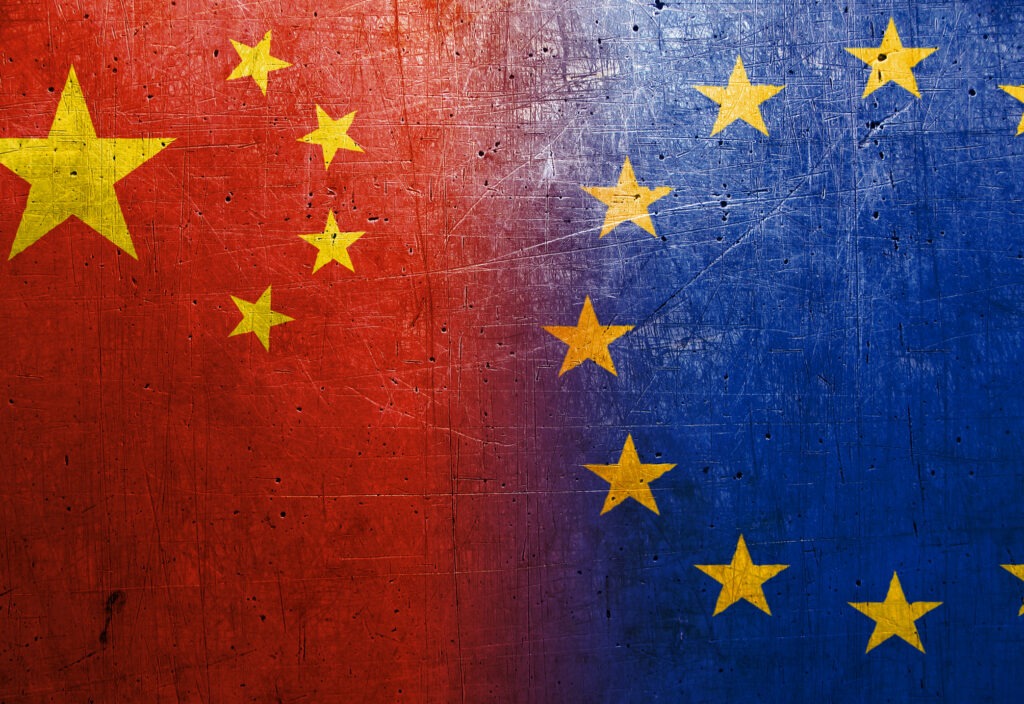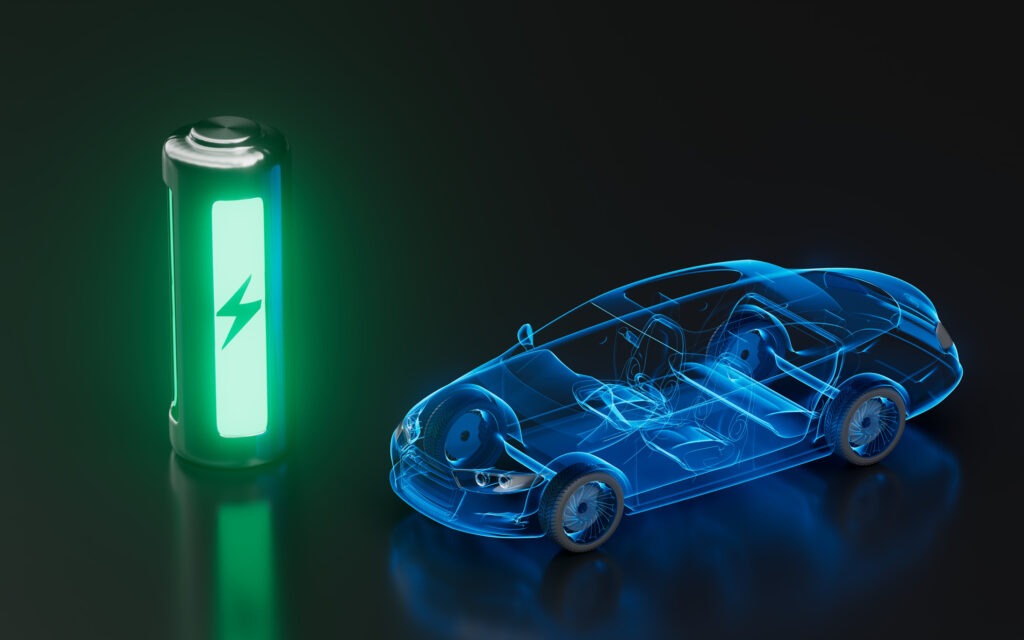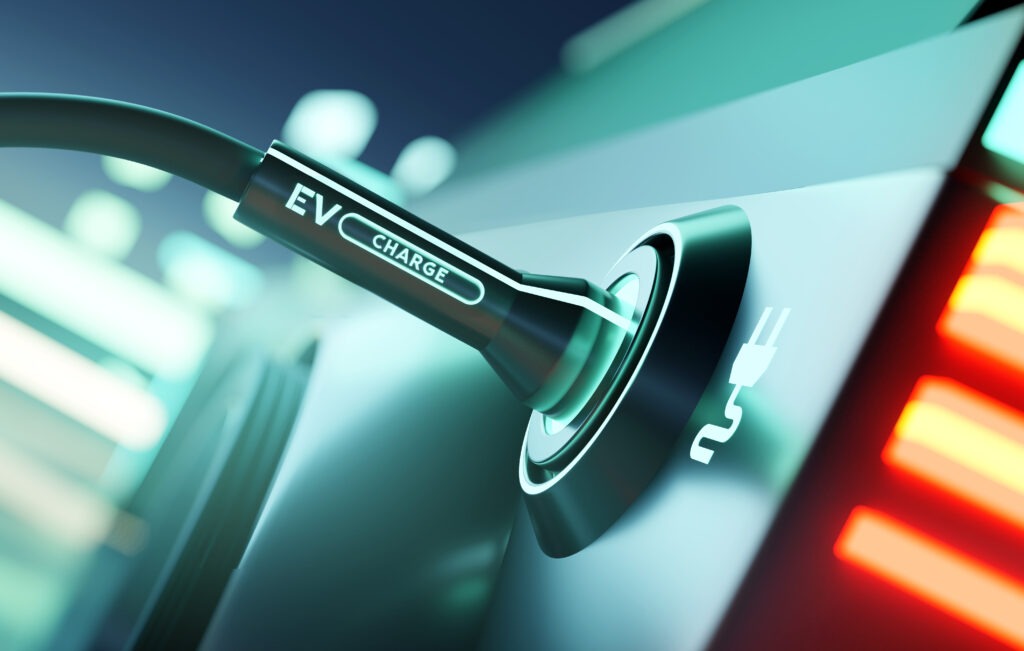Blessing or curse: The impact of EU tariffs on BEVs made in China
07 November 2024

With tariffs imposed by the EU on battery-electric vehicles (BEVs) built in China, how will the automotive industry be affected? Autovista Group experts investigate the impact of definitive duties in a webinar moderated by Autovista24 editor Tom Geggus.
Protectionist policies appear to be gaining traction across the world. One of the most notable examples of this is the EU’s definitive countervailing duties on BEVs built in China. The automotive industry wants to know if tariffs are a blessing or a curse. Concerns about remarketing risks as well as fears of retaliation are building within the sector.
In a new webinar, Autovista Group experts set out to address these questions and fears. This included Autovista Group’s chief economist Dr Christof Engelskirchen, director of research and innovation, Dr Anne Lange, regional head of valuations of DACH and CEE regions, Robert Madas, and regional head of valuations for Southwest Europe and Poland, Ana Azofra.
Tariffs a blessing or a curse?
Import tariffs are not a new phenomenon, with all goods imported into the EU already impacted by duties of 10%. Then in September 2023, the European Commission launched an investigation into the unfair subsidisation of the BEV value chain in China.
It found that ‘the BEV value chain in China benefits from unfair subsidisation which is causing threat of economic injury to EU producers of BEVs.’ So, following EU member states’ approval, definitive tariffs were imposed at the end of last month. These measures will now be in place for five years.
Duties were based on the findings of the investigation and how companies cooperated with the process. The EU also confirmed that the prior provisional rates imposed on 4 July, will not be collected.
Reviewing strategies after tariffs
Engelskirchen highlighted that some carmakers hoping to increase their imports may now be looking to review their strategies. This could include switching to other powertrain technologies, including plug-in hybrids (PHEVs) and extended-range electric vehicles (EREVs). While still electrified, these technologies will not be affected by the duties.
‘BYD, for example, will probably make a switch in their portfolio to push for plug-in hybrid technology rather than battery-electric vehicle technology,’ he said. ‘Others like Tesla, for example, cannot do anything different from what they have done before.’
Some vehicle manufacturers might be able to simply absorb the additional costs into their margins. Others may look to set up production locations in Europe to navigate around the duties. Companies will want to avoid passing on the costs to the consumer where possible, especially as they try to launch in Europe.
Lange pointed out that BEVs sold in the bloc are still predominantly built domestically, but regional deliveries have been declining. ‘There is a general trend that we have a dip in BEV registrations in Europe which is not necessarily attached to China as a production company,’ she explained.
Meanwhile, all-electric models made in China have not yet seen accelerating non-domestic demand. ‘Chinese BEVs are most successful in China, where there is a large rise in BEV registrations,’ Lange added.
What are the remarketing risks of tariffs?
Using examples from France and the UK, Madas illustrated how BEVs have seen residual values (RVs) trend downwards. ‘After the all-time high RVs in 2022 and early 2023, we have seen a constant negative trend for all powertrains,’ he said. ‘But, BEVs have been affected more strongly.’
The reason for this is that more of these models have been hitting the used-car market than in previous years. This means supply is outweighing demand, putting pressure on values. Three-to-four-year leasing contracts for popular all-electric models have also recently come to an end.
Azofra pointed towards similar trends in other countries like Italy. Meanwhile, Spain and Portugal have seen greater RV stability, with less pronounced declines. However, there are different reasons for this.
The powertrain is still struggling to gain traction in Spain. This means the used-car market is not as saturated by all-electric models. The situation could hardly be more different in Portugal, which has become one of Europe’s leading electric vehicle (EV) markets.
‘Portugal is a country with a clear orientation towards innovation and it is more willing to adopt new technologies,’ Azofra commented. ‘There are also pragmatic reasons, mainly driven by tax advantages, good charging infrastructure and geographical conditions.’
Both Spain and Portugal are also very price-sensitive. This means that small adjustments, including the introduction of more affordable models, can help stimulate demand. So, European countries have seen BEV RVs fall, however, this was not the result of tariffs being imposed.
Lange examined other major used-car market indicators like days to sell, model age and price changes in Germany. The country saw overall volatility as EVs have not yet gained market maturity. ‘The marketplace has changed as more models are entering, reshaping the dynamics,’ she highlighted.
Are fears of retaliation warranted?
Now that the EU has imposed its definitive tariffs, attention is turning towards China to see how it will react. Engelskirchen pointed out that China has set duties of 39% on brandy coming from France. Here, a point is also being made about the country’s support of the EU’s tariffs on BEVs built in China.
'There is always the risk that if you introduce or increase tariffs, that this could escalate,’ he said. Engelskirchen optimistically highlighted that both regions are dependent on international trade to boost local wealth and welfare. ‘Given this mutual dependency, there is not a huge risk of these tariffs spiralling,’ he commented.
Looking ahead to 2025, imports of BEVs built in China will be lower than in a comparable scenario with no tariffs. Price competition will be lower for all-electric models because of tariffs, which will negatively impact demand.
However, the market still needs to brace itself for greater supply pressure of BEVs and PHEVs. This effect will be felt in the run-up to stricter CO2 emission standards in 2025. ‘We do need a powerful and European-wide coordinated industrial policy in place to support the transition to EVs,’ Engelskirchen stated.
More tariffs to come?
With Donald Trump claiming victory in the 2024 US election, the tariff threat increases. Engelskirchen explained that while the president-elect can decide to implement measures on his first day in office, putting policies in place will still take time. ‘They will of course create more problems for Europe,’ he said.
Even with Donald Trump taking office in January, the US already enforces strong protectionist policies such as the Inflation Reduction Act. ‘There is already strong policy making in the US which makes it more difficult for Europe to compete for investment in the automotive space,’ Engelskirchen added. Tariffs will likely increase inflation, as consumers pay more for imported products.
Enjoyed Blessing or curse: The impact of EU tariffs on BEVs made in China? Then sign up for the next webinar: Autovista Group’s 2025 residual value outlook. It will take place on 30 January 2025 at 9.30am BST / 10.30am CET. Find out more and register for your place today.




